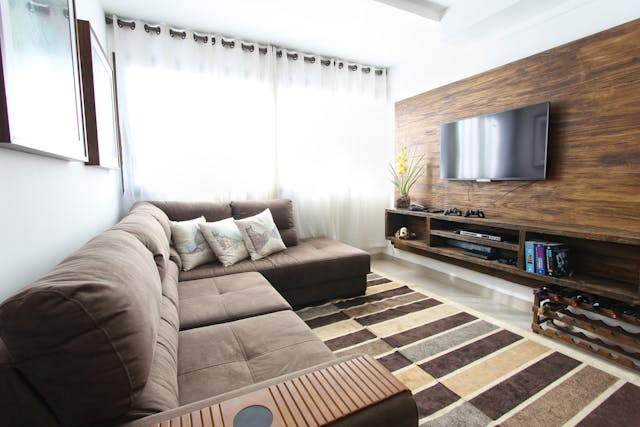Navigating through the complexities of TV, aerial, and satellite installations can be a daunting task. With evolving technologies and a myriad of options available, it’s essential to have a clear understanding before taking the plunge. This article aims to demystify the process, answering frequently asked questions to guide UK residents through their TV, aerial, and satellite installation queries.
What Do I Need for a Basic TV Installation in the UK?
For a basic TV installation, you’ll need a digital-compatible television, an aerial (for Freeview), a satellite dish (for Freesat or subscription services like Sky), or a broadband connection (for streaming services). A standard UHF aerial is sufficient for Freeview, picking up digital signals broadcasted from terrestrial transmitters across the UK.
How Do I Choose Between Aerial and Satellite TV?
The Differences
Aerial TV, using a rooftop or indoor aerial, receives terrestrial broadcasts and offers Freeview channels. Satellite TV, through a dish, provides access to Freesat or subscription services, offering a wider range of channels, including international content.
Factors to Consider
Location and Signal Quality: Areas with poor terrestrial signals might benefit more from satellite installations.
Channel Preferences: Satellite TV often has a broader selection of channels.
Cost: Initial setup for satellite TV might be higher, but consider ongoing costs and the type of content you wish to access.
Can I Install an Aerial or Satellite System Myself?
Yes, with the right tools and a bit of technical know-how, DIY installations are possible for both aerials and satellite systems. However, for optimal signal reception and safety, it’s often recommended to hire a professional aerial installer, especially for roof installations or complex setups.
What Are the Common Issues with TV Reception?
Several factors can affect TV reception, including:
Weather Conditions: Heavy rain or snow can disrupt satellite signals.
Obstructions: Buildings, trees, or hills blocking the signal path.
Interference: Household electronics and mobile phone signals can interfere with TV reception.
Faulty Equipment: Damaged cables, connectors, or outdated aerials/satellite dishes.
How Do I Improve My TV’s Signal Quality?
To enhance your TV’s signal quality, consider the following steps:
Repositioning the Aerial or Dish: Sometimes, a slight adjustment in positioning can significantly improve reception.
Upgrading Equipment: Investing in a high-gain aerial or a larger satellite dish might be necessary, especially in areas with weak signals.
Cable Check: Ensure all cables and connections are intact and of good quality.
Professional Assessment: If issues persist, a professional signal strength assessment can pinpoint and resolve the problem.
Is it Necessary to Update or Replace My Aerial or Satellite Dish?
With the advancements in broadcasting technology, older equipment might not always provide the best experience. Consider updating or replacing your aerial or satellite dish if:
You Experience Persistent Poor Reception: This could indicate that your current setup is no longer compatible or efficient.
Moving to a New House: Signal strengths vary by location; a new setup might be needed.
Change in Broadcasting Standards: Transitioning to High Definition (HD) or Ultra High Definition (UHD) broadcasts may require an update.
Will I Need Separate Installations for Multiple TVs in My Home?
Not necessarily. Multi-room viewing can be achieved through various methods, using a single aerial or satellite dish. Distribution amplifiers or signal splitters allow the connection of several TVs to one aerial or dish. Subscription services like Sky offer multi-room packages using additional set-top boxes.
Closing Thoughts
Understanding the intricacies of TV, aerial, and satellite installations is crucial for a seamless viewing experience. By carefully considering your needs, installing suitable equipment, and addressing any reception issues, you can ensure that your home entertainment system meets your expectations. Always remember, when in doubt, consulting with a professional installer can provide personalized advice and peace of mind.










